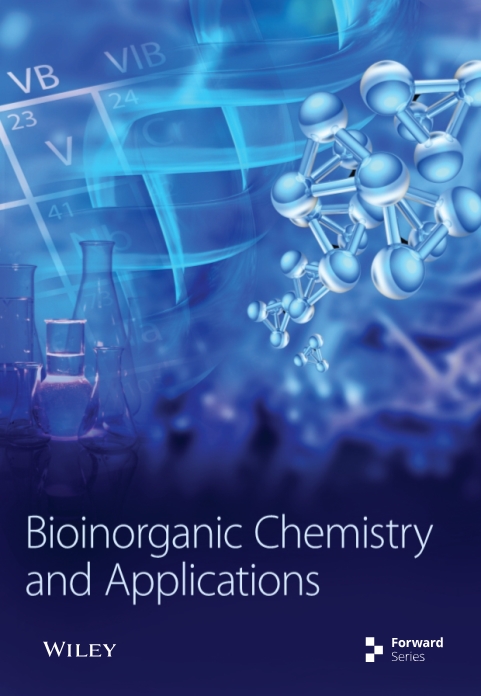挤压和银含量对Mg-Ag合金体内外降解的影响
IF 4.1
3区 化学
Q1 BIOCHEMISTRY & MOLECULAR BIOLOGY
引用次数: 0
摘要
设计了镁银二元合金作为生物医学植入物的抗菌材料。在本研究中,我们通过显微组织表征和腐蚀/降解测量,重点研究了挤压(挤压比(ER): 1,7.1和72.2)和Ag含量(Ag = 0,3和6wt .%)对Mg-Ag合金体外和体内降解的影响。结果表明,Ag促进了与Mg基体的电反应以加速降解或形成保护性的氧化网织构以抑制降解,特别是在体内。银也可能有利于产品结晶、生物矿化和有机物沉积。对于纯Mg,挤压产生更细的晶粒,降低了降解率。对于Mg-Ag合金,较低的挤压比(7.1)加速了析出相比例的增加所引起的降解。这促进了Mg2+和Ag+的释放,导致更多的有机物和磷酸钙沉积,同时也产生了更多的H2泡,导致产物在某些局部位置沉积紊乱,甚至产生炎症反应。较高挤压比(72.2)使析出相溶解。这导致了适度的降解率和较少的气体产生,这促进了骨生成,而没有明显的炎症反应。本文章由计算机程序翻译,如有差异,请以英文原文为准。
Influences of Extrusion and Silver Content on the Degradation of Mg-Ag Alloys In Vitro and In Vivo
Binary magnesium-silver (Mg-Ag) alloys were designed as antibacterial materials for biomedical implant applications. In the present study, we focused on the effects of extrusion (extrusion ratio (ER): 1, 7.1, and 72.2) and Ag content (Ag = 0, 3, and 6 wt.%) on the degradation of Mg-Ag alloys in vitro and in vivo via microstructure characterization and corrosion/degradation measurements. The results showed that the Ag promoted a galvanic reaction with the Mg matrix to accelerate degradation or formed a protective oxide mesh texture to inhibit degradation, especially in vivo. Ag might also be beneficial for product crystallization, biomineralization, and organic matter deposition. For pure Mg, extrusion produced a more refined grain and decreased the degradation rate. For the Mg-Ag alloys, a low extrusion ratio (7.1) accelerated the degradation caused by the increase in the proportion of the precipitate. This promoted the release of Mg2+ and Ag+, which led to more deposition of organic matter and calcium phosphate, but also more H2 bubbles, which led to disturbance of product deposition in some local positions or even inflammatory reactions. Extrusion at a higher ratio (72.2) dissolved the precipitates. This resulted in moderate degradation rates and less gas production, which promoted osteogenesis without an obvious inflammation reaction.
求助全文
通过发布文献求助,成功后即可免费获取论文全文。
去求助
来源期刊

Bioinorganic Chemistry and Applications
化学-生化与分子生物学
CiteScore
7.00
自引率
5.30%
发文量
105
审稿时长
>12 weeks
期刊介绍:
Bioinorganic Chemistry and Applications is primarily devoted to original research papers, but also publishes review articles, editorials, and letter to the editor in the general field of bioinorganic chemistry and its applications. Its scope includes all aspects of bioinorganic chemistry, including bioorganometallic chemistry and applied bioinorganic chemistry. The journal welcomes papers relating to metalloenzymes and model compounds, metal-based drugs, biomaterials, biocatalysis and bioelectronics, metals in biology and medicine, metals toxicology and metals in the environment, metal interactions with biomolecules and spectroscopic applications.
 求助内容:
求助内容: 应助结果提醒方式:
应助结果提醒方式:


